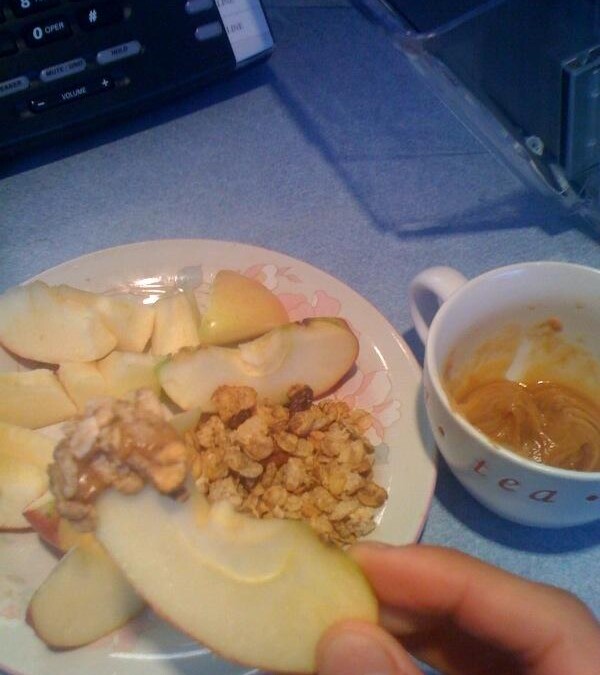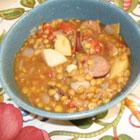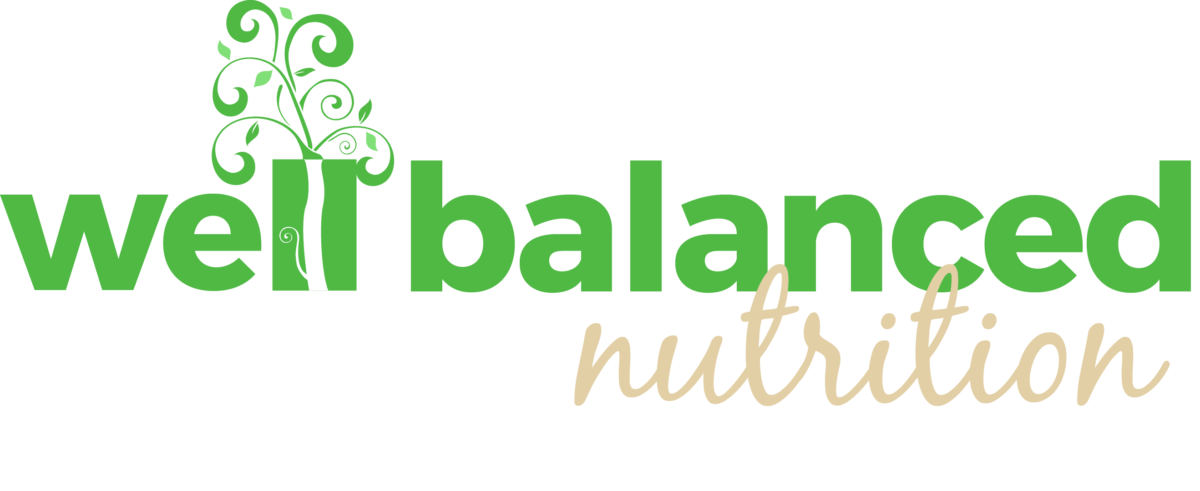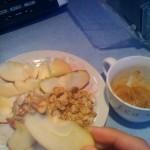
by Lucy | Mar 23, 2015 | Well Balanced Wisdom
Apple Snack Dip
- 1 Apple, gala or your personal favorite
- 1 tbsp milk
- 1 tbsp creamy PB
- 1 tbsp caramel sundae topping
- 1/4 cup granola cereal
Directions:Slice apple, heat PB, milk and caramel together in microwave for 15-20 seconds, and stir, microwave additional 5-10 seconds, if necessary. Dip apple in mixture and dip in granola for extra crunch!
by Lucy | Mar 23, 2015 | Well Balanced Wisdom

by Lucy | Mar 22, 2015 | Well Balanced Wisdom
by Lucy | Mar 22, 2015 | Well Balanced Wisdom
Classic Baked Acorn Squash

by Lucy | Mar 22, 2015 | Well Balanced Wisdom

by Lucy | Mar 2, 2015 | Motivational Mondays
 Recently, I’ve been feeling bored in my normal exercise routine and was glad to get some inspiration from the article mentioned below to restart interval training and shake things up a bit!
Recently, I’ve been feeling bored in my normal exercise routine and was glad to get some inspiration from the article mentioned below to restart interval training and shake things up a bit!
In this article, Walk Hard. Walk Easy. Repeat. by Gretchen Reynolds with NYtimes.com discusses the benefits of interval training. It is especially good for those that only are able to work out a few days a week and shown to improve cardiac fitness, reduce blood pressure and increase low-body strength.
For anyone unfamiliar interval training; essentially this workout method involves changing the pace, resistance and/or difficulty level of your chosen exercise alternating between low to moderate to difficult and back down. This article specifically highlights how a walking interval routine improved the physical capabilities for individuals age 44 to 78 in Japan.

by Lucy | Feb 23, 2015 | Motivational Mondays
 Last week I was forced into rest and relaxation. That might sound strange, but for those that know me, this was a struggle. I sometimes have a hard time sitting still. To paint the picture, I identify best with Tigger when compared to the characters on Winnie the Pooh.
Last week I was forced into rest and relaxation. That might sound strange, but for those that know me, this was a struggle. I sometimes have a hard time sitting still. To paint the picture, I identify best with Tigger when compared to the characters on Winnie the Pooh.
What is wonderful about winter is the mind and body’s natural interest in hibernating and certainly not venturing out nearly as often as during warmer months. Perhaps you have noticed the same?
This time spent resting has been a time of peace in an otherwise busy life and with it I have found a lot of contentment. I am becoming increasingly aware of how much more I can get out of life when I slow down. Whether you do yoga, meditate regularly or make it a point to relax daily this recharge time is crucial for staying sane and I believe ultimately being more productive.
Go ahead take a mental health day! Let yourself sleep in and see how much more you get out of the week :-).

by Lucy | Feb 18, 2015 | Motivational Mondays
 I have recently adopted a new approach to life – working in a group, pair or team is better than flying solo. As someone that prides herself on marching to the beat of my own drum this is a big deal!
I have recently adopted a new approach to life – working in a group, pair or team is better than flying solo. As someone that prides herself on marching to the beat of my own drum this is a big deal!
I’m well aware of the challenges of teamwork –including compromise and learning to share the work load. There is a give and take, but that can help us grow as individuals.
The Health Behavior Research Centre at University College London in England conducted a study that confirmed couples that live together tend to be healthier if at least one of the individuals is attempting to make ‘healthy’ lifestyle choices. These include losing weight, getting more active and quitting smoking. One specific figure sited includes 50% of the partners quit smoking when their husband or wife quit, while only 8% quit if their partner continued to smoke.
It’s of no great surprise that these lifestyle changes are good for general health, but also more specifically for decreasing the risk of heart disease. For more information on ways to reduce your risk of heart disease check out www.heart.org.
In honor of this past Valentine’s Day, I’d like to offer a challenge to each of you: Talk to your partner, roommate or close friend about a healthy change you’d like to work on (and ideally something they would benefit from too).
Come up with a game plan together. Example: We will have fresh fruit after dinner as dessert at least 5 times/week.
Let me know what you picked so we can cheer you on!
by Lucy | Nov 1, 2010 | Motivational Mondays
Good Morning!
I think this question below is great, as the winter months draw near I know some of us just can’t choke down a salad when it’s 40 degrees outside!
Q: “I don’t like vegetables raw and prefer to lightly blanch them before munching on them. Am I losing a lot of the nutrients by doing this?”
A: Good news! It’s still best to eat your veggies whether cooked or raw. In an article, by Dr. Greger the research shows that cooking some vegetables – such as dark green leafy vegetable – the cancer fighting components are cut in half, but on the other hand cooking can double the body’s ability to absorb the nutrients. Similarly, cooking vegetables increases the soluble fiber content of vegetables, which is shown to decrease insulin levels (important for blood sugar and weight management control); however, cooking will decrease the insoluble fiber content.
The moral of the story is that both cooked and raw fruits and vegetables offer health-promoting benefits, so try to mix it up and eat lots of raw and lots of cooked fruits and veggies!
One of my favorite autumn side dishes are anything involving squash, but especially the following recipe with acorn squash.
Ingredients
- 1 Acorn squash
- 1 Tbsp Butter
- 2 Tbsp Brown Sugar
- 2 teaspoons Maple Syrup
- Dash of Salt
Directions
- Preheat oven to 400°F.
- Using a strong chef’s knife, cut the acorn squash in half, lengthwise, from stem to end. Use a spoon to scoop out the seeds and stringy stuff in the center of each half. Score the insides of each half several times with a sharp knife. Place each half in a baking pan, cut side up. Add about a 1/4 inch of water to the bottom of the baking pan so that the skins don’t burn and the squash doesn’t get dried out.
- Coat the inside of each half with 1/2 a Tbsp of butter. Add a dash of salt if you are using unsalted butter. Add a Tbsp of brown sugar to the cavity of each half. Dribble on a teaspoon of maple syrup to each half.
- Bake in the oven for 50-75 mins until the squash is very soft and the tops are browned. When finished, remove from oven and let cool a little before serving. Spoon any buttery sugar sauce that has not already been absorbed by the squash over the exposed areas.
Enjoy!
by Lucy | Oct 18, 2010 | Motivational Mondays











